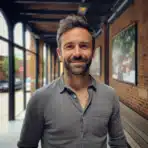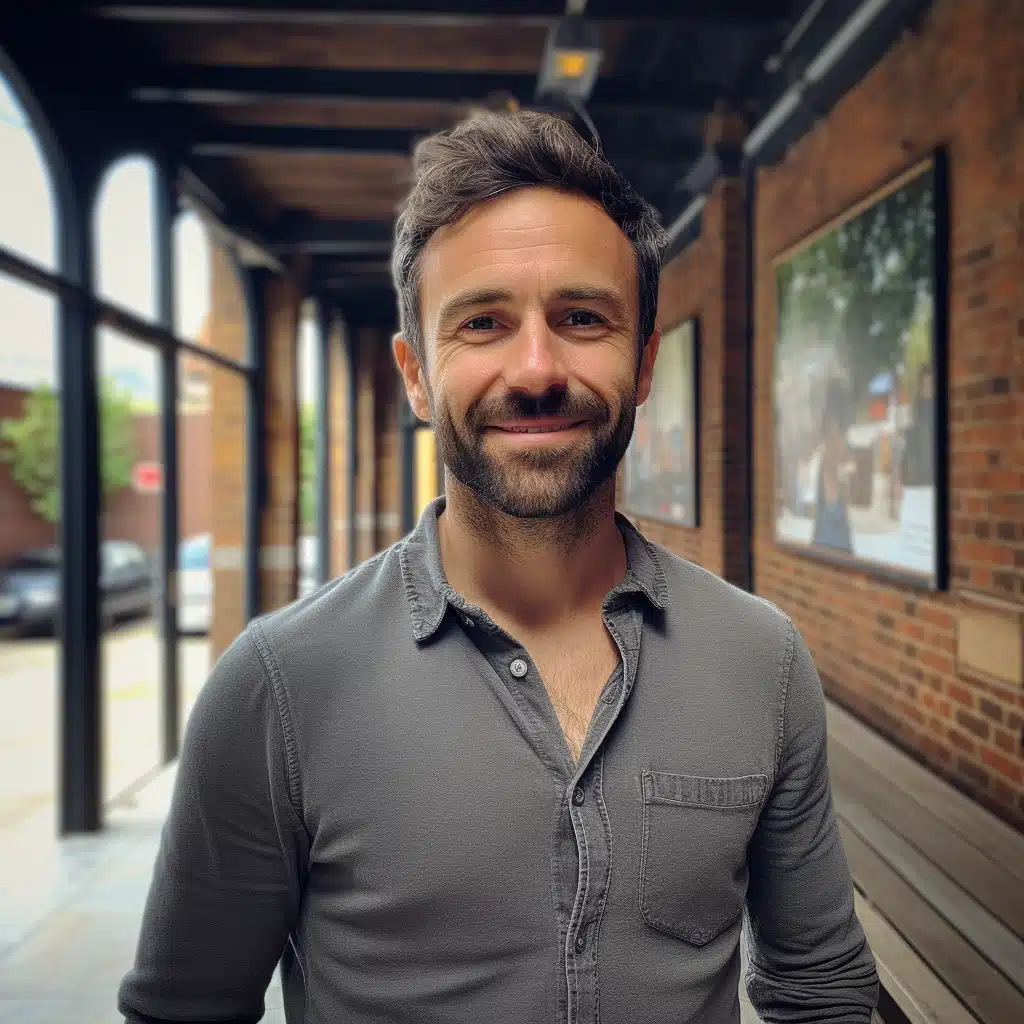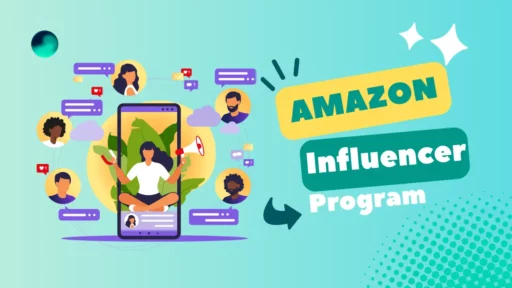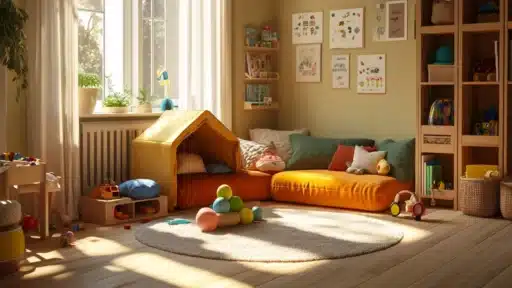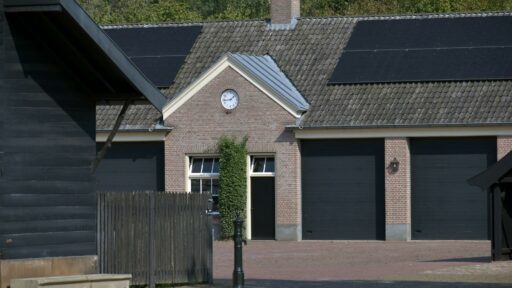At Enthralling Gumption, we live for the thrill of rolling up our sleeves and figuring things out on our own. Whether it’s rewiring a lamp, building a backyard deck, or installing shelves with laser-level precision, there’s something empowering about solving problems with your own hands. But not every DIY project lives in your toolbox. Some of the most valuable life skills involve preparation—not for renovations, but for real-life emergencies. That’s exactly what motivated me to get my First aid certification—not because I expected a crisis, but because I wanted to be the kind of person who knows what to do if one ever hits.
The Overlooked Value of Emergency Readiness
We all love learning new skills that make our lives more efficient or our homes more beautiful. But what about skills that make us safer—or better yet, make us a source of safety for others?
Emergency preparedness often gets overlooked in the hustle of home improvement. It’s not flashy. There’s no “before and after” Instagram post. But knowing how to react in a high-stakes moment is one of the most powerful tools you can add to your mental toolkit.
Whether it’s helping a loved one during a medical scare or assisting a stranger on the street, CPR is the kind of knowledge you hope never to use—but you’ll be deeply grateful to have.
DIY and CPR: More Similar Than You Think
Surprisingly, the mindset behind a solid DIY project and a CPR course isn’t all that different:
- Problem-solving under pressure: Whether a pipe bursts or a person collapses, your calm response matters.
- Step-by-step execution: Both rely on precision and clear instruction. In CPR, timing and sequence are everything.
- Preparedness: Just like you keep a spare drill bit, having CPR skills is about readiness—not fear.
When you commit to fixing your own faucet, you’re practicing self-reliance. When you learn how to perform CPR, you’re extending that self-reliance to the people around you.
Building a Safer, Smarter Home
You probably already have a toolkit and maybe even a first-aid kit tucked under the sink. But how well could you actually use what’s in there? Taking emergency prep seriously doesn’t mean you live in fear—it means you live responsibly.
Here are a few ways to integrate this mindset into your home:
- Stock and refresh your first-aid kit. Make sure it includes antiseptics, gloves, gauze, and any necessary emergency medication.
- Learn how to use an AED (Automated External Defibrillator). Some community centers and gyms have them—knowing how they work can save a life.
- Post emergency contact numbers. In a moment of panic, simplicity matters. Stick a list on the fridge or inside a cupboard door.
- Practice drills. If you have a family, run through a basic emergency scenario once or twice a year. It’s not paranoia—it’s preparation.
Self-Reliance Is About More Than Woodwork
The real essence of DIY isn’t just about doing things yourself—it’s about trusting yourself. Trusting that you can handle challenges. That you can adapt when things don’t go to plan. That you won’t stand frozen if something serious happens.
CPR training is one of those rare opportunities where you gain a skill that isn’t just practical—it’s profound. It’s a way to say, “I’ve got this,” not just for a home project, but for a human being who might need you.
More Than a Certification—A Mindset Shift
When you invest time into learning a life-saving skill, you’re making a statement about the kind of person you are. It tells the world that you’re proactive, not reactive. That you’re someone who pays attention. That you’re willing to take responsibility for more than just your immediate comfort.
It’s not about being a hero. It’s about being helpful.
And isn’t that what all great DIYers are? The people others turn to when they need something fixed, built, or figured out?
Final Thoughts: The Ultimate Upgrade
You can add smart lighting to your kitchen. You can install floating shelves that seem to defy gravity. But the most valuable upgrade you can make might not be in your home—it might be in you.
The DIY mindset isn’t limited to tools and tutorials. It’s a philosophy of self-reliance, growth, and action. And CPR is a perfect extension of that.
So, the next time you find yourself browsing through weekend project ideas, consider one that comes without power tools—but with powerful impact.



